New data has revealed a shocking turnaround for an industry that used to dominate American life.
The Golden Age of Cable TV

Cable TV used to be huge. 30 years ago – in the 90s – over 60 million American households were signed up to a cable package and the companies were making more money than they knew what to do with.
Peak Subscription in the 2000s
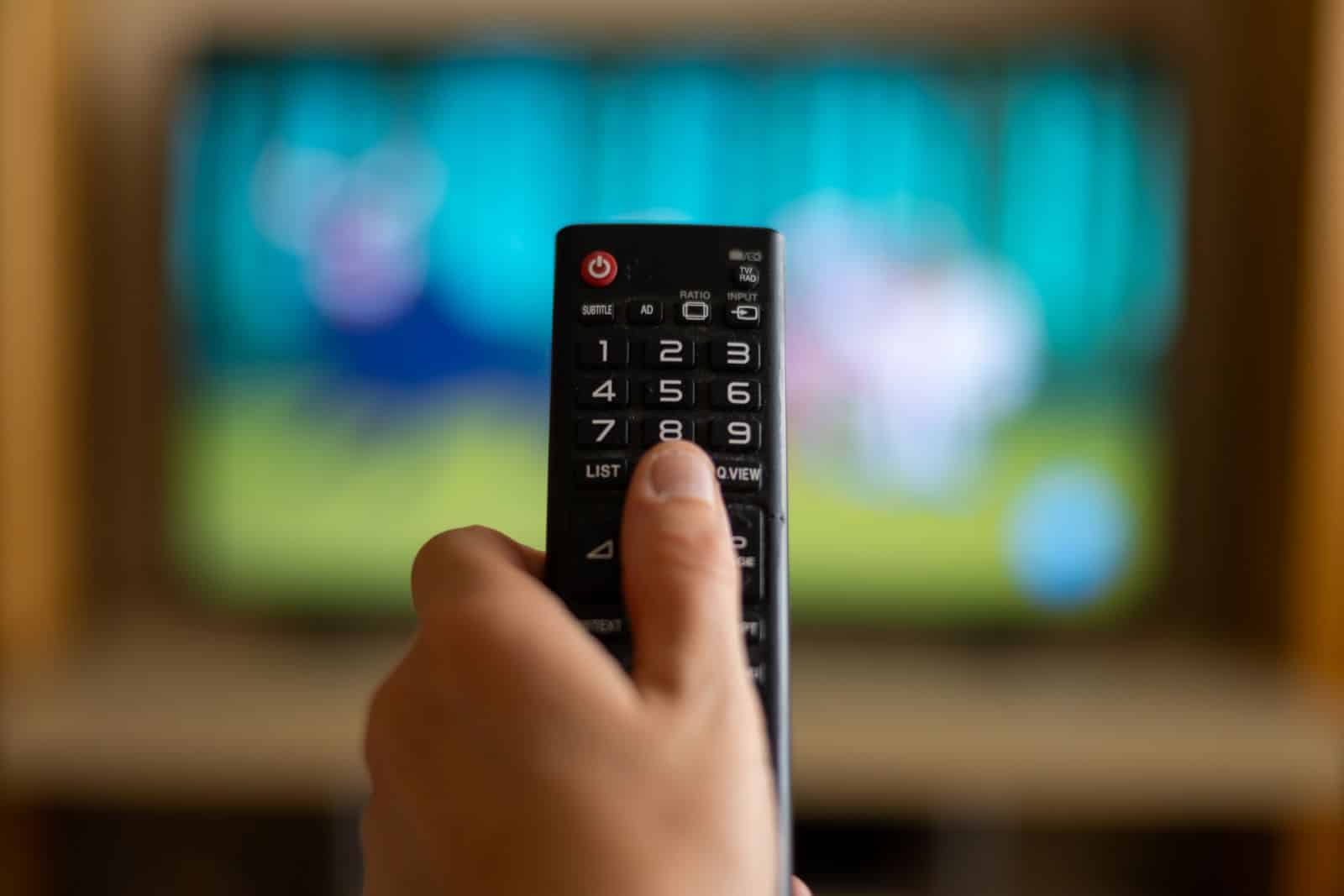
In the 2000s, over 60% of all U.S. households were signed up for cable – a figure that has never been topped – and since then, cable has been on a steady decline.
Pay TV Industry in Crisis
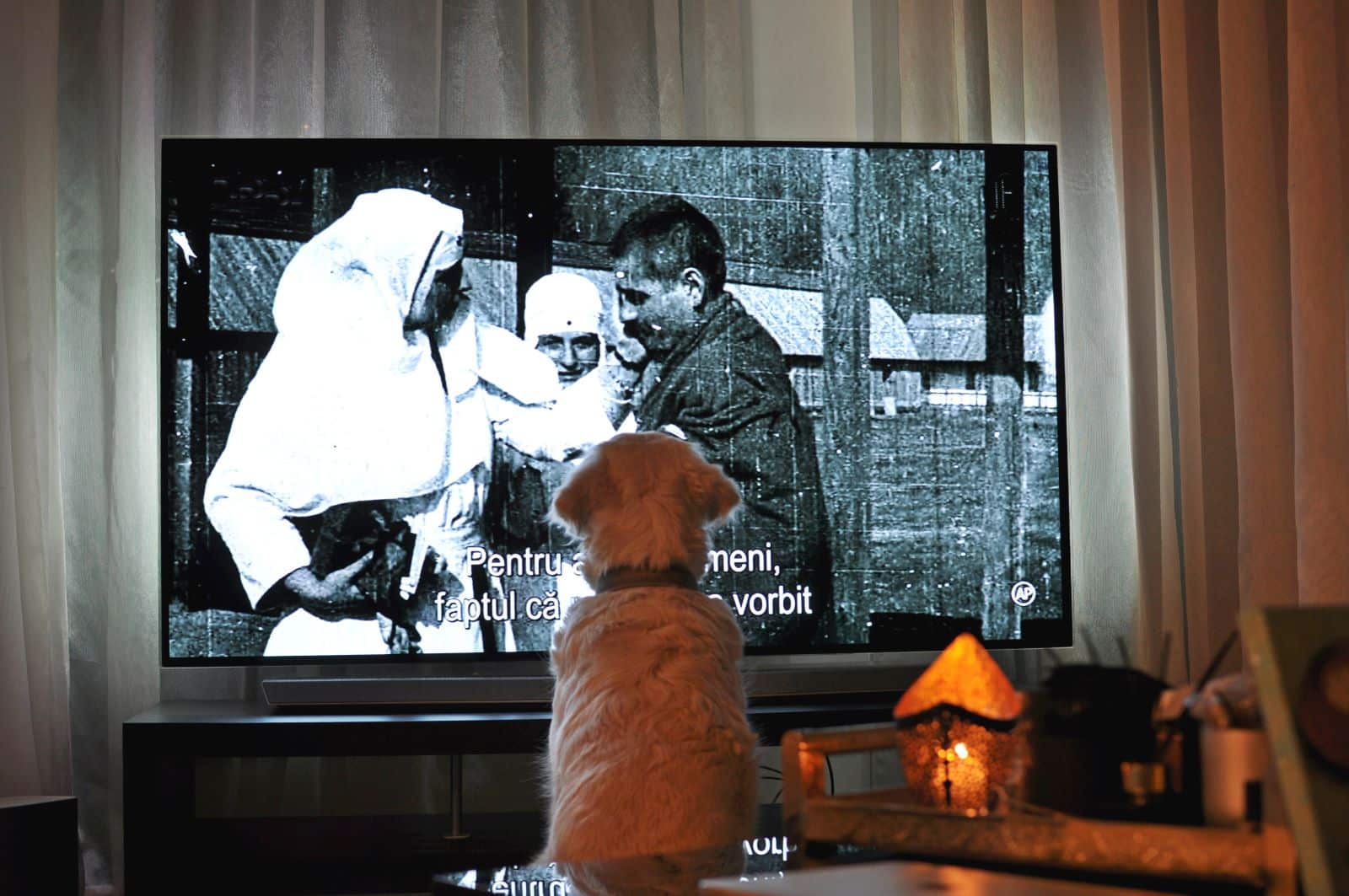
Nowadays, the pay TV industry is in serious trouble. The first quarter of 2024 was its worst ever – with a massive 6.9% drop in subscribers.
Record Subscriber Losses

Analysts at MoffettNathanson say the industry lost a record 2.37 million subscribers in just three months. This is a trend that’s only getting worse.
Generational Shift Away from Cable
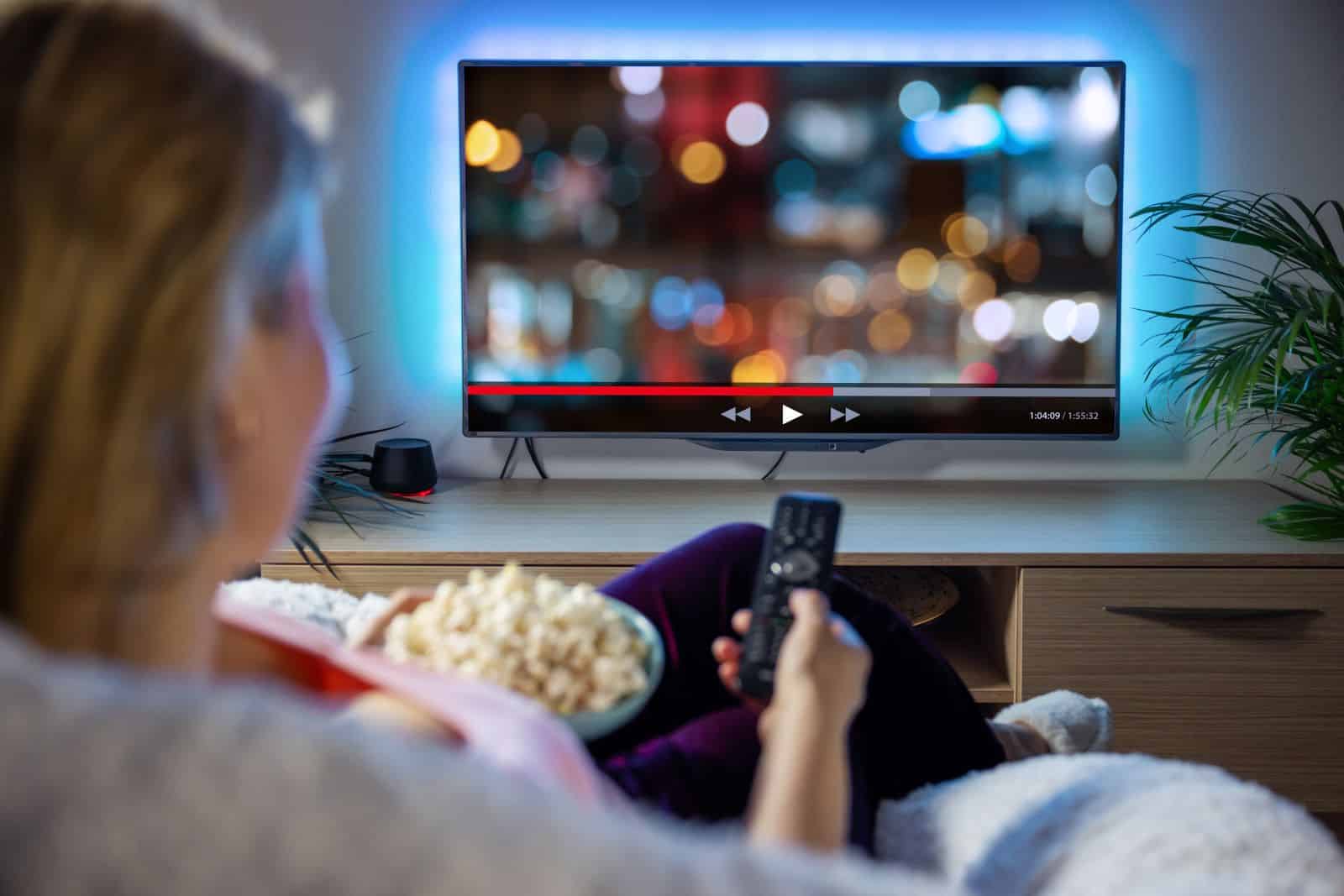
People are ditching cable, and the younger generation isn’t signing up at all. But this past quarter set a new low. “Stop us if you’ve heard this one before,” said equity analyst Craig Moffett in MoffettNathanson’s quarterly report. “The first quarter was the worst ever for pay TV subscriber losses.”
Industry Trends

The shift from traditional cable to digital alternatives has ramped up, and it’s not painting a hopeful picture for pay TV.
Digital Alternatives Rise

A few years ago the TV industry was hopeful that digital pay-TV services like YouTube TV would pick up the slack from traditional providers. Well, that hope is fading fast.
YouTube TV Faces Challenges

Even YouTube TV, which had been doing pretty well, saw its first-ever subscriber loss last quarter. Moffett pointed this out in his report, noting, “The first quarter was the worst ever for pay TV subscriber losses.” MoffettNathanson estimates that YouTube TV lost 150,000 subscribers.
Other Digital Services Struggle

And it’s not just YouTube TV that’s struggling. Hulu + Live TV, Fubo, and Sling also lost subscribers in the first quarter.
Impact of NFL Season End on Subscriptions

The NFL season’s end in February hit YouTube TV particularly hard, with many users canceling the service once football was over. Google’s tight-lipped approach to subscriber numbers doesn’t help, but the signs are clear: digital TV services are struggling.
Flexibility of Digital TV Services

The beauty of digital TV services has always been their flexibility. You can sign up and cancel whenever you want. But this flexibility is causing high “churn rates” (the percentage of leaving customers).
Impact on Streaming Services
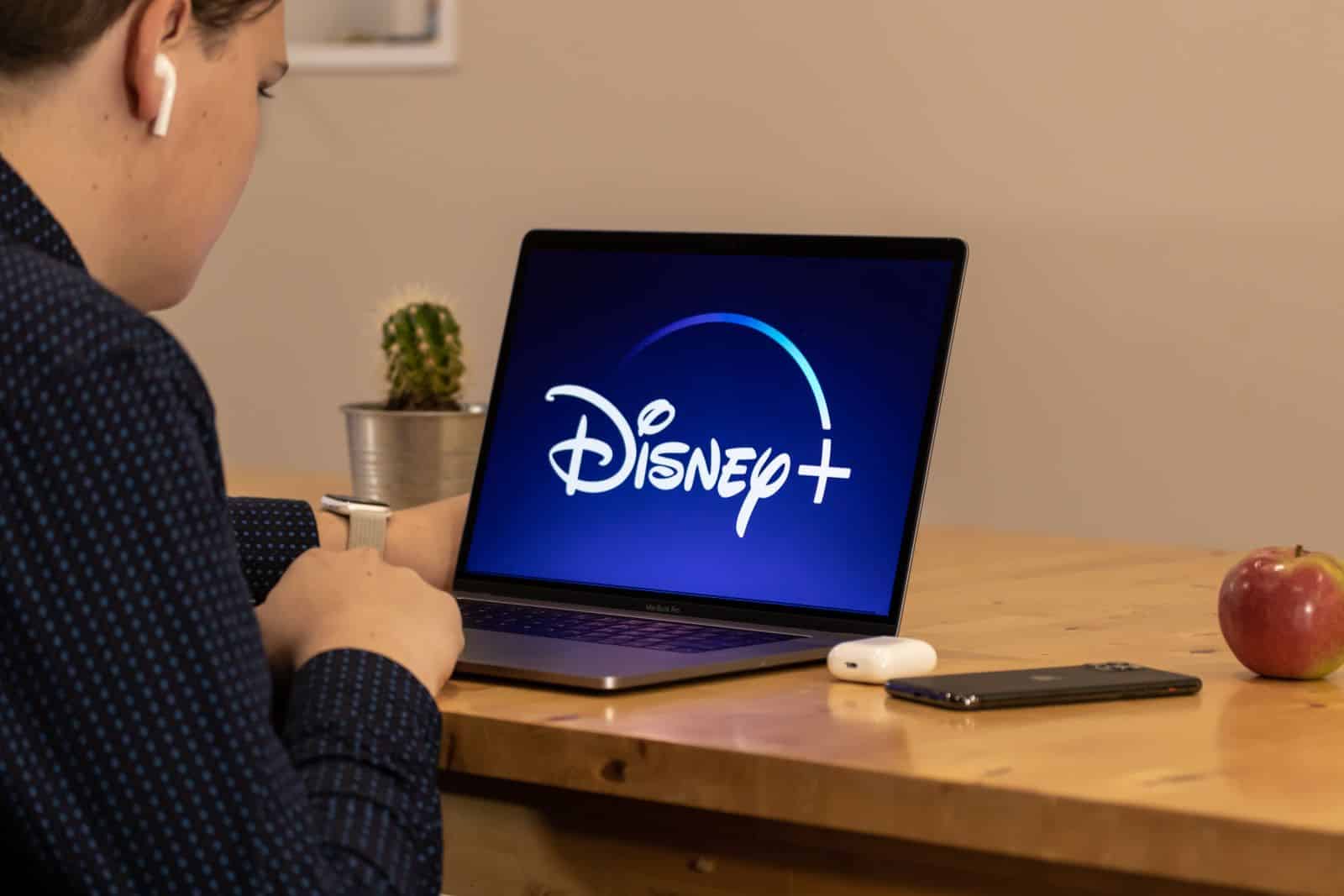
People sign up for sports seasons and then drop the service once the season ends. This problem, which has been a headache for streaming services like Disney+ and Max, is now hitting digital pay-TV providers hard.
Subscriber Numbers

For context, YouTube TV reported having over 8 million subscribers in February. The recent loss, though seemingly small in comparison, is a window into the challenges ahead.
Hopes for NFL Season Return
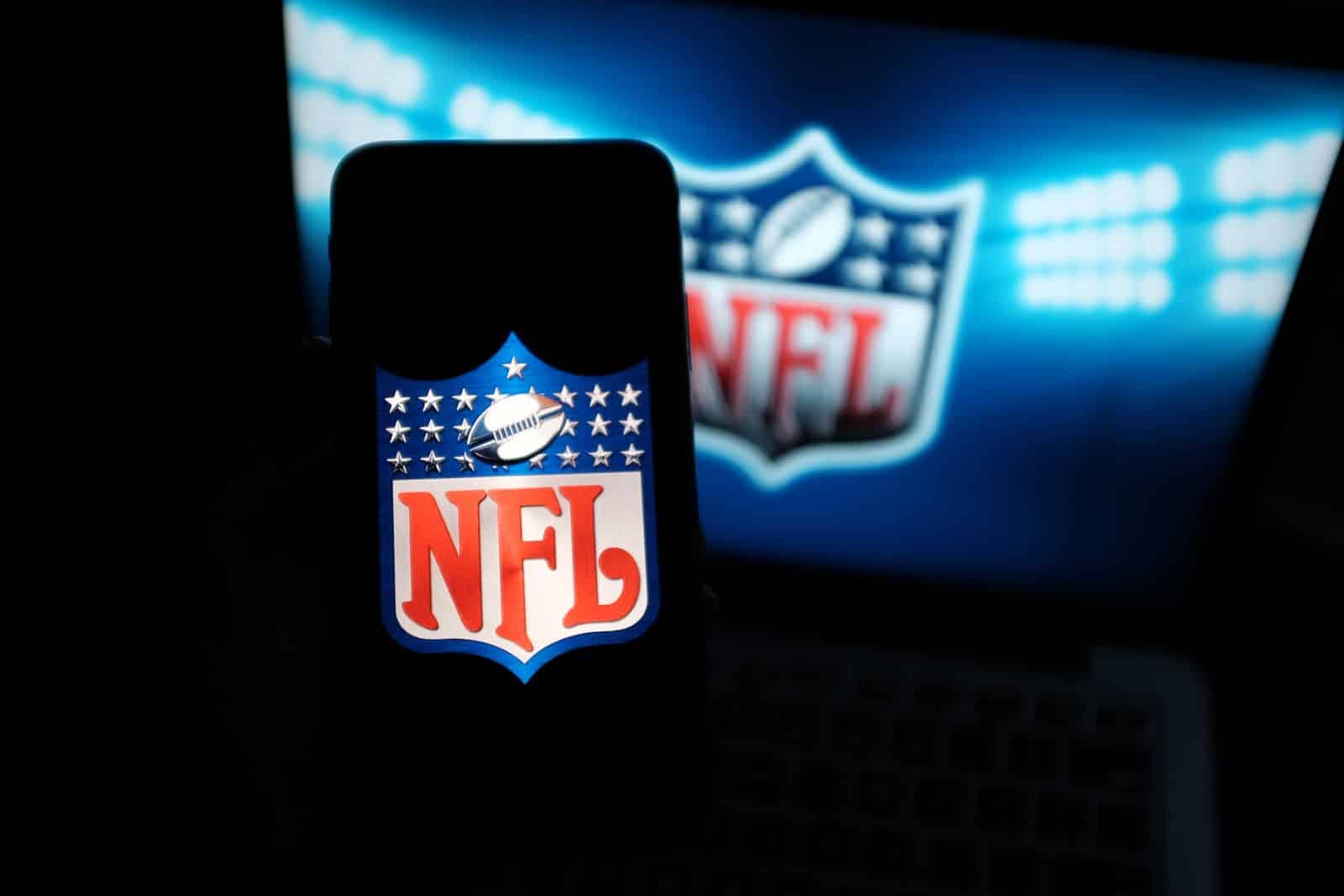
There is a small silver lining, as the industry pins its hopes on subscribers returning with the new NFL season – although this constant pattern of churn isn’t good for a business.
Push for Long-Term Contracts

To fight churn, the TV industry is pushing for long-term contracts again – like the old cable TV days. They want to lock people in for extended periods and make sure they can’t drop the service during off-seasons. However, many don’t think this is a feasible route, as people enjoy the convenience and freedom of streaming services and the ability to cancel without notice.
The “Doom Cycle” Concept

Moffett introduced the “Doom Cycle” concept to his investors last year. In one cycle, rising sports programming costs push non-sports fans out of pay TV, leading to higher prices and more subscriber losses.
Shift to Direct-to-Consumer Streaming

In another, entertainment companies pull their best content for direct-to-consumer streaming, causing more people to cancel their subscriptions. It’s a vicious doom cycle that’s accelerating the industry’s decline.
Impact on Advertising Revenue

The change in viewing habits is also hitting advertising revenue. As more people watch YouTube and other streaming services, advertisers are following them.
Advertisers Follow Viewers to Streaming

This is draining resources from traditional TV, creating a feedback loop where content and viewers keep moving towards streaming platforms.
Future Projections for vMVPDs

Despite the current struggles, Virtual Multichannel Video Programming Distributors (vMVPDs) – like Comcast or Spectrum – are projected to grow. Moffett estimates they now control about 30% of U.S. pay TV subscribers and predicts this could hit 50% by 2028. But with every major vMVPD service losing subscribers in the first quarter, those predictions might be too optimistic.
Remote No More: 19 Companies Returning to the Office

As the pandemic wanes, companies are recalling remote workers back to the office, sparking debates on fairness, costs, and convenience. However, there are also notable productivity, coworking, and mental health benefits to consider. Feeling the effects of these changes? Remote No More: 19 Companies Returning to the Office
8 Costco Must Buys and 8 to Leave Behind

Ever wandered Costco’s aisles, questioning if that giant jar of pickles is a real bargain? Or debated buying tires where you get your rotisserie chicken? Welcome to the definitive guide to Costco shopping—a journey to save money, prevent regrets, and offer quirky insights into bulk buying. 8 Costco Must Buys and 8 to Leave Behind
23 Reasons Texas Is the Next Big Thing

Texas is becoming a beacon of opportunity, blending cultural heritage with economic growth. From its landscapes to its industries, the Lone Star State offers a dynamic lifestyle. Here are 23 reasons why Texas stands out, attracting entrepreneurs, artists, tech professionals, and families seeking new beginnings. 23 Reasons Texas Is the Next Big Thing
The post Is This The End For Cable TV? first appeared on Liberty & Wealth.
Featured Image Credit: Shutterstock / Dragon Images.
The content of this article is for informational purposes only and does not constitute or replace professional financial advice.

